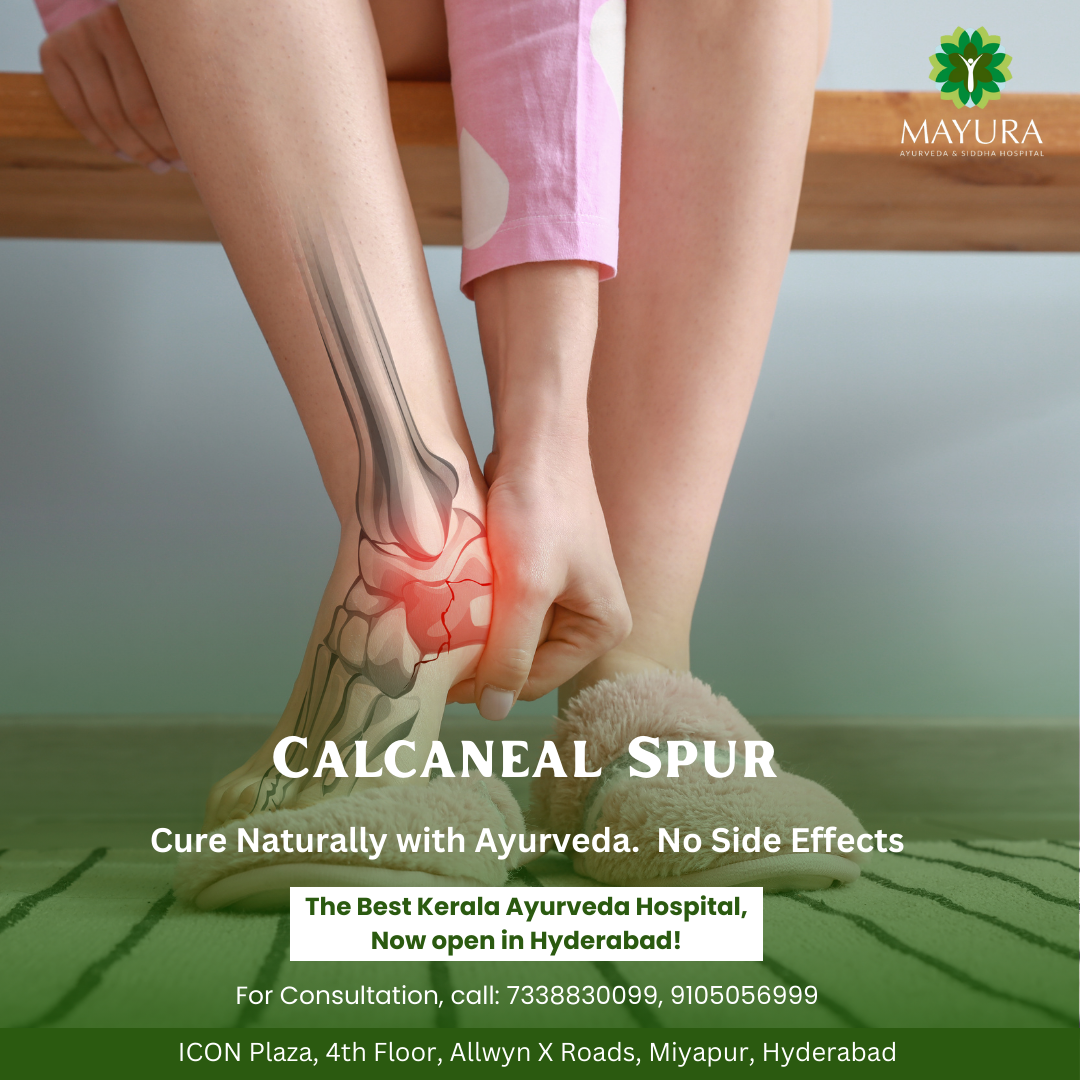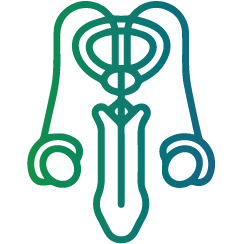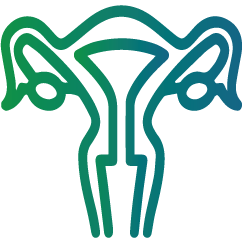Have you ever stepped out of bed, only to be greeted by a searing pain in your heel that takes your breath away? If so, you might be acquainted with the not-so-charming world of calcaneal spurs. These bony outgrowths on the heel bone, also known as heel spurs, can range from silent companions to unwelcome intruders, significantly impacting your mobility and daily life.
But fear not, fellow foot warriors! This blog is your guide to navigating the sometimes-painful terrain of calcaneal spurs. We’ll explore the causes, symptoms, and, most importantly, the ways to manage this stubborn discomfort.
What are Calcaneal Spurs?
Imagine a tiny, bony beak erupting from the underside of your heel bone. That’s essentially what a calcaneal spur is. It’s a buildup of calcium deposits that form over time in response to repeated stress or strain on the plantar fascia, the ligament that connects your heel bone to your toes.
Causes and Culprits:
While the exact cause of heel spurs often remains a mystery, some common suspects include:
Repetitive strain: Athletes, runners, and those who spend long hours on their feet are more prone to developing heel spurs due to the constant pressure on the plantar fascia.
Age: As we age, our tissues naturally lose elasticity, making the plantar fascia more susceptible to tears and spur formation.
Foot mechanics: If you have flat feet, high arches, or abnormal gait patterns, it can put uneven stress on your heel bone, leading to spur development.
Certain medical conditions: Obesity, arthritis, and diabetes can also increase the risk of heel spurs.
Symptoms: The Telltale Twinges
Heel spurs don’t always announce their presence with fanfare. In fact, many people have them without experiencing any pain. However, when symptoms do arise, they can be quite unpleasant, including:
Stabbing or throbbing pain in the heel, especially when taking the first steps after rest.
Tenderness and stiffness in the heel, particularly noticeable upon waking up or after prolonged sitting.
Difficulty bending or flexing the foot.
A bony bump under the heel that may be visible or palpable.
Diagnosis and Treatment: Taking Control of the Discomfort
If you suspect you have a heel spur, don’t hesitate to consult your doctor. They’ll likely conduct a physical examination, ask about your symptoms and medical history, and order an X-ray to confirm the diagnosis.
The good news is that most heel spur cases can be managed effectively without resorting to surgery. Here are some common treatment options:
Rest and Activity Modification: Taking a break from high-impact activities that aggravate the pain can give your heel a chance to heal.
Ice and Elevation: Applying ice packs to the affected area and elevating your foot can reduce inflammation and ease discomfort.
Pain relievers and anti-inflammatory medications: Over-the-counter pain relievers and nonsteroidal anti-inflammatory drugs (NSAIDs) can help manage pain and inflammation.
Physical therapy: Exercises to stretch and strengthen the plantar fascia can improve flexibility and reduce pain.
Orthotics: Custom-made shoe inserts can help distribute pressure more evenly on your foot and reduce stress on the heel bone.
In rare cases, when conservative treatments fail to provide relief, surgery may be considered to remove the heel spur.
Living with Heel Spurs: Tips for a Pain-Free Future
Even if you have heel spurs, there are ways to keep them in check and maintain an active lifestyle. Here are some preventative tips:
Maintain a healthy weight: Excess weight puts additional strain on your feet, increasing the risk of spur development.
Wear supportive shoes: Choose shoes with good cushioning and arch support to absorb shock and protect your heel.
Stretch and strengthen regularly: Regularly stretching and strengthening exercises for your feet and calves can improve flexibility and prevent future strains.
Listen to your body: Don’t ignore pain. If your heel pain worsens or persists, seek medical advice.
Remember, calcaneal spurs may be stubborn, but they don’t have to control your life! By understanding the causes, symptoms, and treatment options, you can navigate the discomfort and find ways to keep your feet happy and healthy.
Feel free to share your experiences and tips for managing heel spurs in the comments below. Together, we can turn those stubborn stabs into happy steps!
















